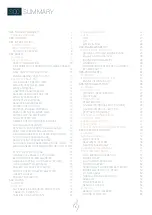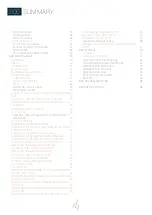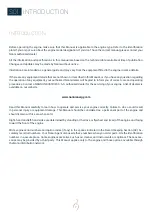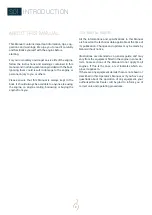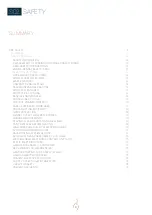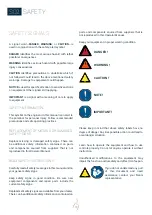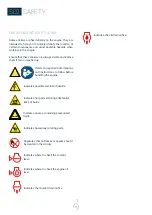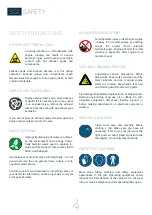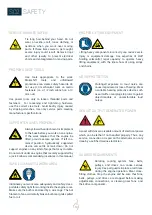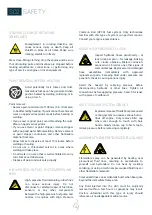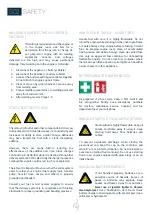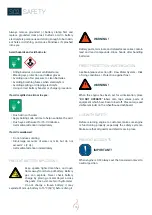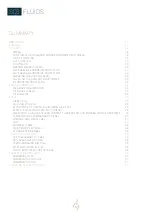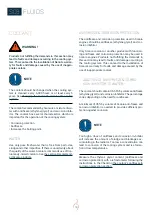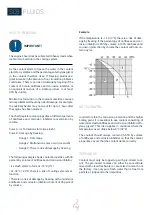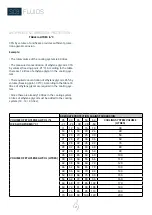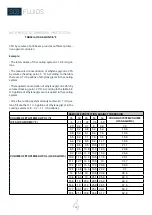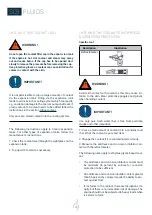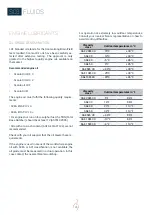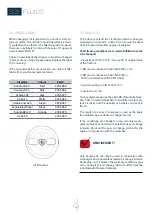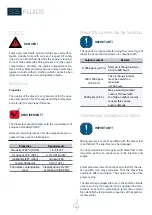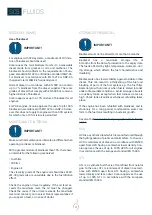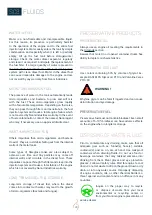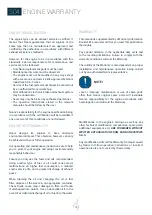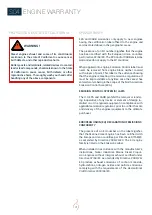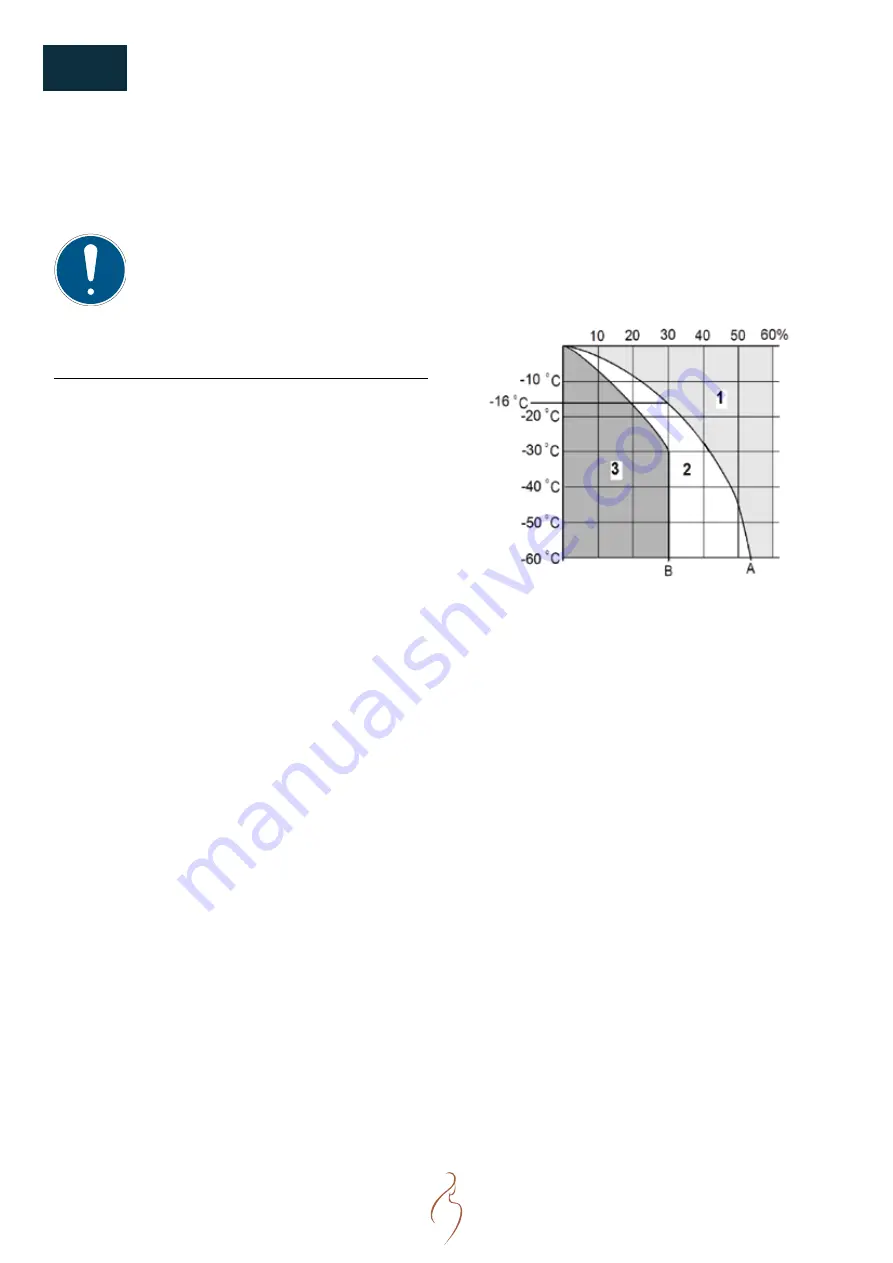
19
RISK OF FREEZING
IMPORTANT !
The engine should not be subjected to heavy loads when
ice starts to build up in the cooling system.
As the coolant starts to freeze, the water in the coolant
starts to crystallise and the percentage of ethylene glycol
in the coolant therefore rises. If freezing produces a
great increase in the amount of ice, circulation problems
could arise. There is no risk of damage by freezing if the
content of Scania antifreeze and corrosion inhibitor, or
an equivalent mixture of a similar product, is at least
35% by volume.
Minimal ice formation in the coolant sometimes causes
minor problems without any risk of damage. For example,
the auxiliary heater may not work for up to 1 hour after
the engine has been started.
The chart depicts coolant properties at different percents
of antifreeze and corrosion inhibitor concentration by
volume.
Curve A: Ice formation starts (ice slush)
Curve B: Damage by freezing
Range 1: Safe range
Range 2: Malfunctions may occur (ice slush)
Range 3: There is risk of damage by freezing
The following example shows coolant properties with 30
percent by volume of antifreeze and corrosion inhibitor:
• Ice slush starts to form at -16°C (3°F).
• At -30°C (-22°F), there is a risk of cooling system mal-
function.
• There is no risk of damage by freezing with a minimum
antifreeze and corrosion inhibitor content of 35 percent
by volume.
Example:
If the temperature is -16 C (3°F), there is a risk of dam-
age by freezing if the percentage of antifreeze and cor-
rosion inhibitor is 20% by volume. At 30% antifreeze and
corrosion protection by volume the coolant will not con-
tain any ice.
HOT CLIMATES
In order to retain the corrosion protection and the higher
boiling point, it is essential to use coolant consisting of
water mixed with antifreeze and corrosion inhibitor (eth-
ylene glycol). This also applies in countries where the
temperature never drops below 0°C (32°C).
The coolant should always contain 35-55% by volume
of antifreeze and corrosion inhibitor so that the coolant
properties ensure that the coolant works correctly.
TOPPING UP
Coolant must only be topped up with pre-mixed cool-
ant. The pre-mixed coolant can either be concentrate
mixed with clean freshwater or pre-mixed coolant from
the factory. Use only pure fresh water that is free from
particles, sludge and other impurities.
S03
FLUIDS
Summary of Contents for N16.1000 CR3
Page 2: ......
Page 4: ......
Page 34: ...34 S05 COMPONENTS ENGINE VIEWS N16 CR3...
Page 35: ...35 NOTES...
Page 48: ...48 S06 INSTRUMENTATION SYSTEM LAYOUT INCLUDING OPTIONS...
Page 118: ......

